
Caserras del Castillo

Pictures: 29.IX.2013


Pictures: 29.IX.2013
| Molino 1 | Molino de Penavera |

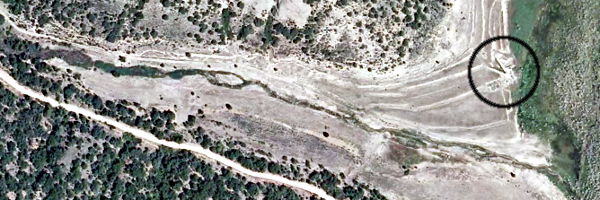
The grist mill is the lowest part of the construction and at the time of our visit still under water (3 right).
The main attraction of this mill, however, and well worth the effort, is the mill pond (6 - 8) with a very peculiar pressure pit (cubo, 9).

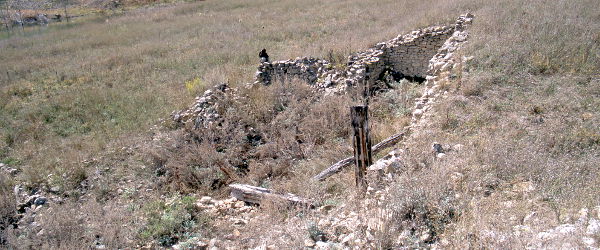
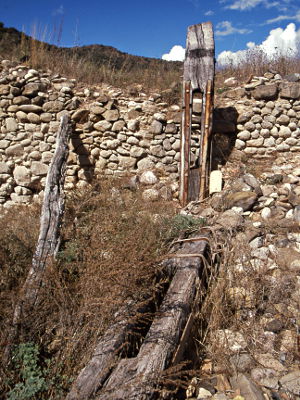
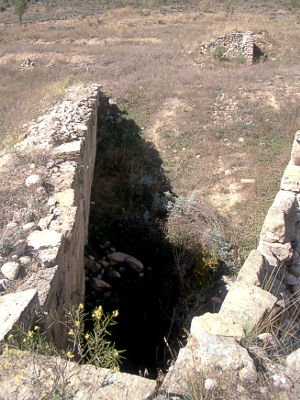

The saetín for the grain mill is located in the neck of the funnel (8) formed by the walls of the pond. Because of the silt only the top of the entrance can be seen: it is an arch. This looks like it is not an ordinary tube like in most mills. It may very well be a wide channel like in (9).
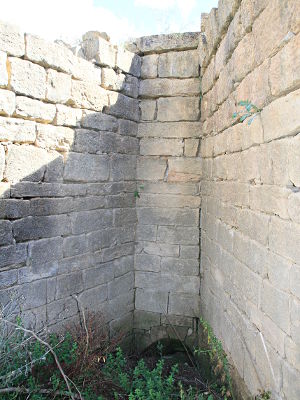

| Molino 1 | Molino de Penavera |